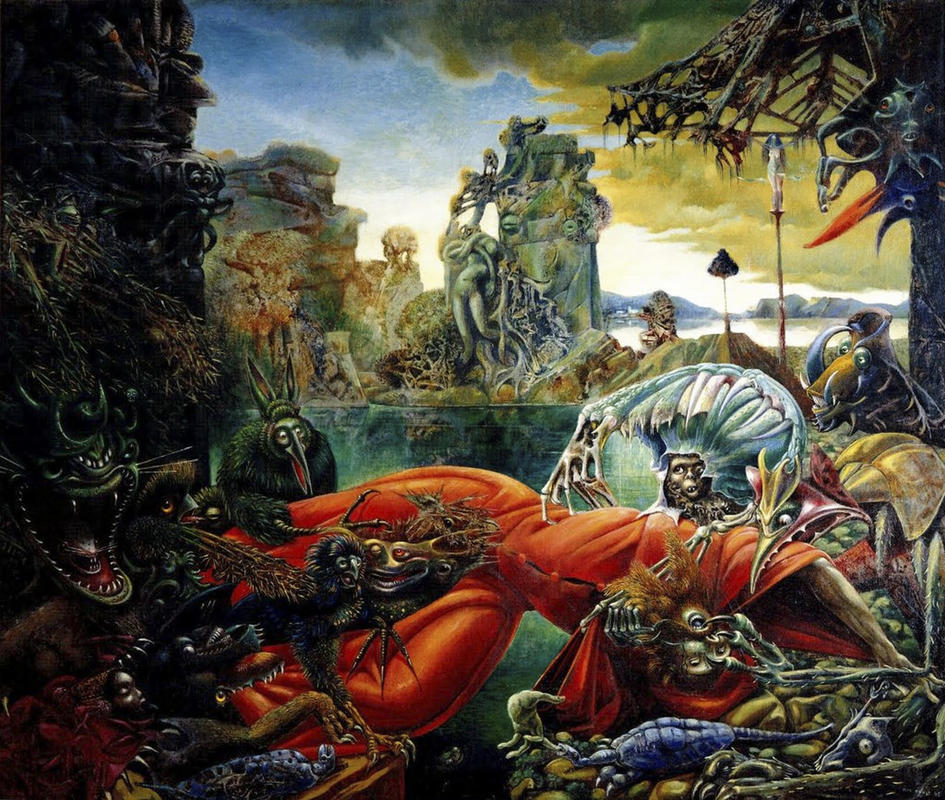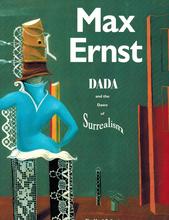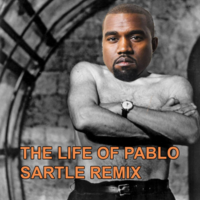More about The Temptation of Saint Anthony
- All
- Info
- Shop

Sr. Contributor
This bad acid trip by Max Ernst won a walk-on role in a Hollywood movie and a cash prize worth about $225,000 in today's money.
Some film producers in 1945 got a bunch of popular artists to create versions of Saint Anthony's spirit quest through the desert as a gimmick to promote their schlock of the week picture. The film was called "The Private Affairs of Bel Ami", and no, I haven't heard of it either. It seems to be some scant melodrama about social climbers and divorcees starring a young Angela Landsbury. So, if that's your thing, then go for it. Other artists in the contest included no less than the sultan of surrealism himself, Salvador Dali. Ernst's Saint Anthony won the $3000 prize, movie appearance, and bragging rights, but Dali's version is the one most people remember.
This Saint Anthony is a little eye-catching, especially the mutant porcupine digging into Tony's crotch. OK, yeah, it's bizarre. But cut Max some slack. He'd moved to the U.S. a couple years before Hollywood solicited this work from him because the Nazis deemed his art degenerate. Given that it was just the start of World War II at the time, Ernst bounced to avoid finding out the full ramifications of what degenerate meant. Ernst emigrated to Long Island with then wife. By the time he'd won the filmmakers' prize for this hallucinatory Temptation, he'd moved to Sedona, Arizona with a brand new Mrs. Ernst. Guy was kind of a sleaze with women.
Ernst's take on Saint Anthony was a real grab-you-by-the-short-and-curlies-and-don't-let-go kind of job. Creatures of all terrible shapes and persuasions are popping out of a horrific landscape. They're fixated on finding a way into Saint Anthony's body by whatever holes they can discover. Part of the overall effect is thanks to a process called décalcomanie, which may as well translate as 'smoosh-smoosh painting.' Ernst slathered paint on the canvas then plopped a piece of glass over it so the paint squished and blobbed together. Then, he built this weird hallucination from God on top.

Contributor
Ernst loved birds. There are lots of them in this painting.
The head bird is performing some sort of very uncomfortable dental work on St. Anthony.
While St. Anthony is clearly enduring the torture phase of the torture/temptation cycle, the tempting bits can be seen in the background.
While they have him in this position, they should consider trimming his beard.
Featured Content
Here is what Wikipedia says about The Temptation of Saint Anthony (Ernst)
The Temptation of Saint Anthony is a 1945 painting by the German artist Max Ernst. It depicts the desert father Anthony the Great as he is tormented by demons in Egypt. The painting is located at the Lehmbruck Museum in Duisburg, Germany.
The painting was made for the "Bel Ami International Art Competition", where 11 surrealist and magic realist painters were asked to submit a painting to be used in Albert Lewin's film The Private Affairs of Bel Ami, based on Guy de Maupassant's novel Bel Ami. The painting, which should be 36 × 48 inches and on the subject of the temptation of Saint Anthony, would be shown as the only colour segment in the otherwise black and white film. The invited artists were Ivan Le Lorraine Albright, Eugène Berman, Leonora Carrington, Salvador Dalí, Paul Delvaux, Max Ernst, O. Louis Guglielmi, Horace Pippin, Abraham Rattner, Stanley Spencer, and Dorothea Tanning. All contestants except Fini did deliver a painting. The judges of the competition were Marcel Duchamp, Alfred H. Barr Jr. and Sidney Janis.
All artists who submitted a painting received $500, while the winner received a prize of $3000. Ernst won the competition and his painting was shown in the film. Dalí's entry also became famous in its own right.
The film critic Bosley Crowther of The New York Times called Ernst's painting "downright nauseous" and wrote that it "looks like a bad boiled lobster".
Check out the full Wikipedia article about The Temptation of Saint Anthony (Ernst)














